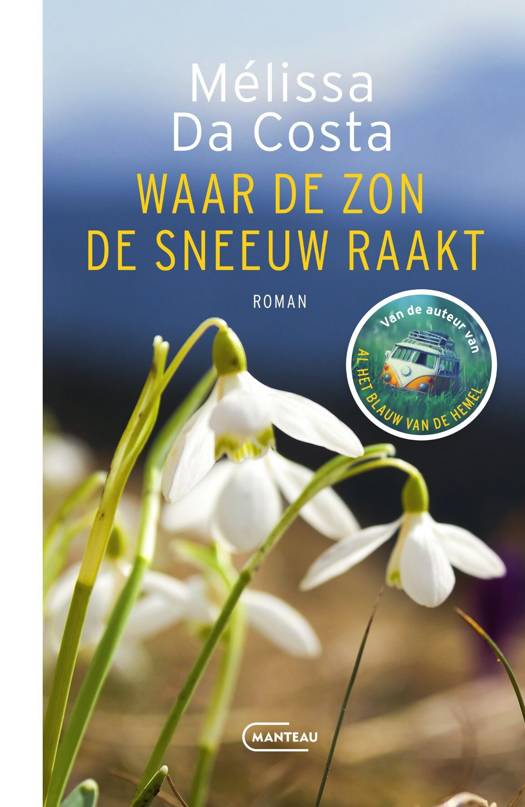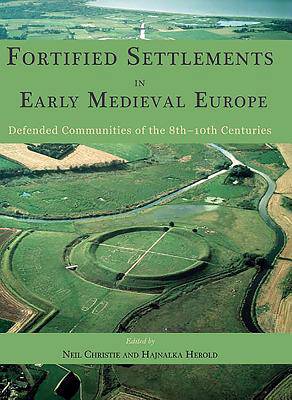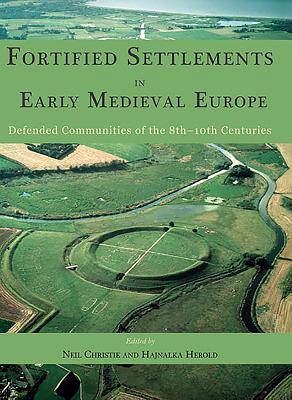
- Afhalen na 1 uur in een winkel met voorraad
- Gratis thuislevering in België vanaf € 30
- Ruim aanbod met 7 miljoen producten
- Afhalen na 1 uur in een winkel met voorraad
- Gratis thuislevering in België vanaf € 30
- Ruim aanbod met 7 miljoen producten
Zoeken
Fortified Settlements in Early Medieval Europe
Defended Communities of the 8th-10th Centuries
Hardcover | Engels
€ 83,95
+ 167 punten
Omschrijving
Twenty-three contributions by leading archaeologists from across Europe explore the varied forms, functions and significances of fortified settlements in the 8th to 10th centuries AD. These could be sites of strongly martial nature, upland retreats, monastic enclosures, rural seats, island bases, or urban nuclei. But they were all expressions of control - of states, frontiers, lands, materials, communities - and ones defined by walls, ramparts or enclosing banks. Papers run from Irish cashels to Welsh and Pictish strongholds, Saxon burhs, Viking fortresses, Byzantine castra, Carolingian creations, Venetian barricades, Slavic strongholds, and Bulgarian central places, and coverage extends fully from northwest Europe, to central Europe, the northern Mediterranean and the Black Sea. Strongly informed by recent fieldwork and excavations, but drawing also where available on the documentary record, this important collection provides fully up-to-date reviews and analyses of the archaeology of the distinctive settlement forms that characterized Europe in the Early Middle Ages.
Specificaties
Betrokkenen
- Uitgeverij:
Inhoud
- Aantal bladzijden:
- 352
- Taal:
- Engels
Eigenschappen
- Productcode (EAN):
- 9781785702358
- Verschijningsdatum:
- 17/09/2016
- Uitvoering:
- Hardcover
- Formaat:
- Genaaid
- Afmetingen:
- 221 mm x 287 mm
- Gewicht:
- 1610 g

Alleen bij Standaard Boekhandel
+ 167 punten op je klantenkaart van Standaard Boekhandel
Beoordelingen
We publiceren alleen reviews die voldoen aan de voorwaarden voor reviews. Bekijk onze voorwaarden voor reviews.










